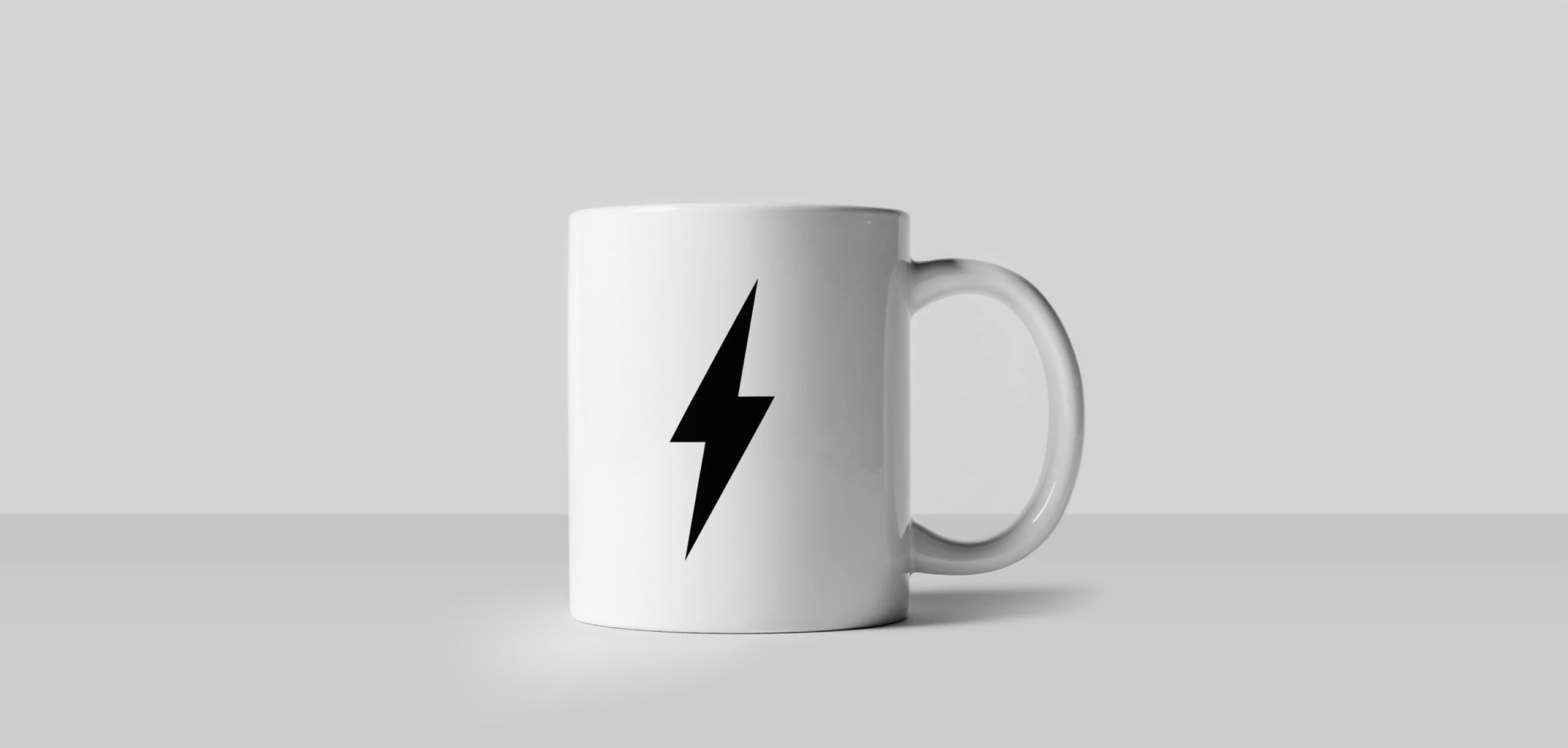Cafe and roastery owners have been feeling the pinch on their electricity bills over the last two years due to a global energy crisis. Price hikes in energy have hit cafes and restaurants particularly hard, as they use significantly more energy per square foot compared to other commercial buildings. The crisis continues to loom, and the future doesn’t look much brighter as energy companies profit immensely from global events disrupting fossil fuel supplies.
Joe Meagher, owner of Tiny Tiny in Newcastle, shared his ordeal: “In 2016 our electricity bill was about £400 a month, and I used to think that was a lot. It crept up year on year as we grew, until last year it was around £1200 per month. Our contract was up in November, and the best deal available was £4,600 per month.”
With ever-rising bills, cafe owners are desperately seeking ways to cut down on energy usage. One major energy guzzler is the espresso machine. Typically, a busy cafe’s espresso machine can consume around 26 kWh per day, significantly more than the average household’s entire electricity usage. Even for home baristas, the cost can be steep, with coffee machines often consuming more electricity than ovens or fridges.
The inefficiency of traditional espresso machines is a primary culprit. Their large, uninsulated boilers lose heat rapidly, and their design requires constant energy consumption. Research has shown that simply insulating a machine’s boiler can cut its energy use by 38%. Modern machines with insulated, PID-controlled boilers and heat recovery systems are even more efficient. For cafes, turning off the machine when it’s not in use isn’t a feasible option, but turning it off overnight can help save energy.
Gordon Howell, product developer at TONE, expanded on this, saying, “It takes roughly the same amount of power to heat the water for brewing, no matter what type of brewer you use. It’s the energy use when you’re not brewing that you need to take care of.” Howell notes that most machines lack insulation, leading to significant energy loss during idle times. Research supports this, showing that around three-quarters of the energy consumption of coffee machines is due to keeping them hot or in standby mode.
Recent innovations are aiming to tackle these inefficiencies. Boilerless machines, which use flow heaters, represent a promising development. These heaters can quickly heat small volumes of water, vastly reducing idle energy consumption. The Heylo is an upcoming commercial boilerless espresso machine that promises to heat up in just 5 minutes, allowing cafes to turn it off during quiet times and overnight to save energy.
Bar Nine, a cafe in Los Angeles, has taken a different approach by eliminating espresso machines altogether. They serve batch-brewed espresso, made offsite and stored in fridges in oxygen-free bottles. This method not only reduces energy usage but also cuts down on waste from dialing in grinders and running cleaning cycles. Co-founder Zayde Al-Naquib highlighted significant water savings, especially important in drought-prone areas like California.
Small changes can also make a big difference. Joe Meagher mentioned that switching to LED light bulbs saved his cafe hundreds of pounds within months. Consulting a professional to assess energy inefficiencies can provide actionable insights. Zayde suggested questioning standard procedures and finding small efficiencies, like weighing milk before steaming it or using reflective paint on rooftops to reduce air conditioning needs.
With energy bills climbing ever higher and no immediate relief in sight, cafes are being forced to rethink how they operate. Whether through innovative equipment or incremental changes, every measure counts in reducing both financial strain and environmental impact.
